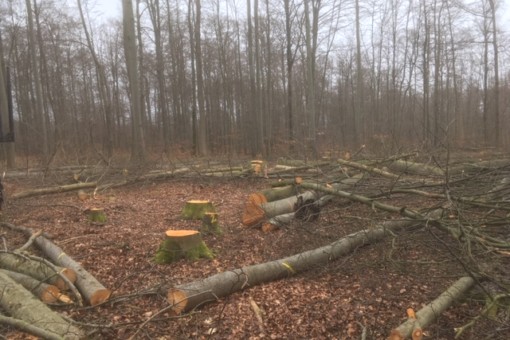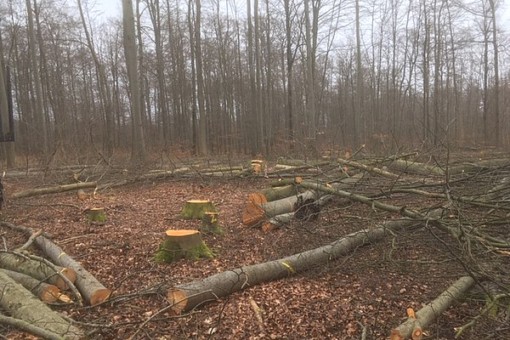Forest Diversity: Systematic Assessment of Forest Structure and Biodiversity Indicators
Based on a coherent network of sample plots distributed over the total forest area of the exploratories forest mensurational variables as well as diversity indicators are assessed to estimate those target variables at landscape level.
Extension of the monitoring concept using a systematic grid of sample plots
To statistically ensure conclusions on the effects of different forest
management intensities on biodiversity of forests on the scale level
of the exploratories the existing forest inventory concept is extended.
The starting point in that context represents the implementation of a
long-term sample, plot and estimation design allowing to address the
variability of estimated parameters as well as the estimation accuracy.
Forest mensurational variables, indicators of structure and biodiversity,
and variables addressing quantity and quality of regeneration and dead
wood are assessed. The systematic inventory design on the total forest
area of the exploratories offers the possibility for repeated assessments
of the variables and by this allows for a continued estimation of forest
diversity development at landscape level.
Besides the area-wide sample based forest inventory also the assessments on the experimental plots (EPs and VIPs) will be continued. The latter plots stem from a ‘guided stratified selection’ that considered the plot membership concerning defined categories of landscape and management characteristics in the selection process. Thus their selection is optimised with regard to investigations of treatment effects on the plots (e.g. forest management intensities) and can provide important information on functions and processes acting on the plot areas. Under additional consideration of the systematic inventory it can be analysed to which extend the experimental plots are ‘representative’ for the target variable distributions at landscape level.
The regionalisation of essential indicator variables for forest biodiversity is realised based on the data of the systematic inventory. Target variables in that context are e.g. tree species, stand density and above-ground biomass. Remote sensing data (digital aerial photographs, RapidEye satellite images) play a central role in the derivation of area-wide estimations in form of maps of important biodiversity variables. The regionalisation provides information that also enables other projects to better explain relationships between management types (and intensities) and forest diversity.











